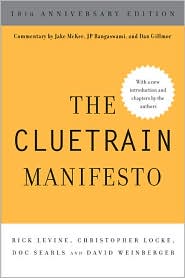June 12, 2021
The Shopping Cart Imperative
A long-time friend and, I’ve learned, a former grocery worker, today on a mailing list posted a brief rant calling people who do not return their grocery carts to the cart corral “moral cretins.” He made exceptions for people parked in handicapped parking spots, but not those who say they cannot leave their children unattended in a car for ten seconds. “Model good behavior,” he enjoins the latter folks.
While I always return my cart —honestly, I do–I felt weirdly compelled to defend those who willfully disobey the cart injunction, even though I understand where my friend is coming from on this issue: non-cart-returning is evidence of a belief that one can just waltz through life without thinking about the consequences of one’s actions, just expecting other “lesser” humans to clean up after you.
Here’s what I wrote:
I want to rise in a weak defense of those who do not return their carts.
While some certainly are moral cretins and self-centered ass-hats, others may believe that the presence of cart wranglers in the parking lot is evidence that the store is providing a cart-return service. “That’s their job, ” these people may be thinking.
Why then does the store give over some parking spaces to cart collection areas? They are there for the convenience of shoppers who are taking carts. It’s up to the cart wranglers to make sure that area is always stocked.
But why then does the store have signs that say, “Please return your carts”? Obviously the “please” means that the store is asking you to volunteer to do their job for them.
Who would interpret a sign that way? Ok, probably moral cretins and self-centered ass-hats
I’m just being a wiseguy in that last sentence. Not only do I know you non-returners are fine people who have good reasons for your behavior, I even understand that there are probably more important things to talk about.








